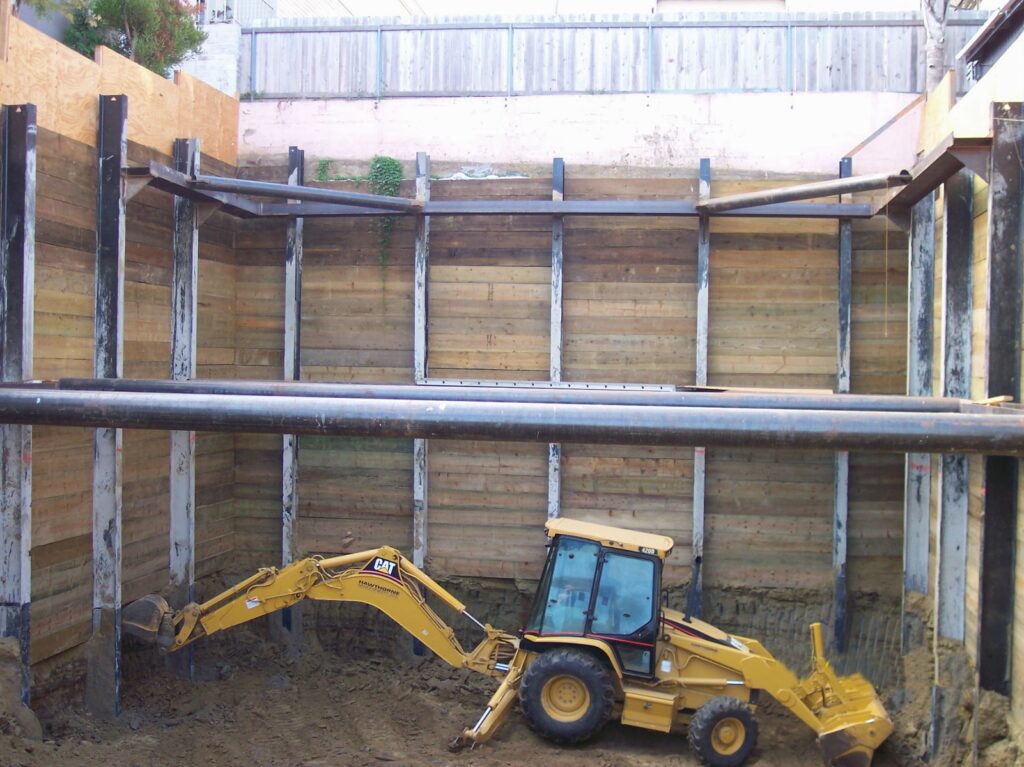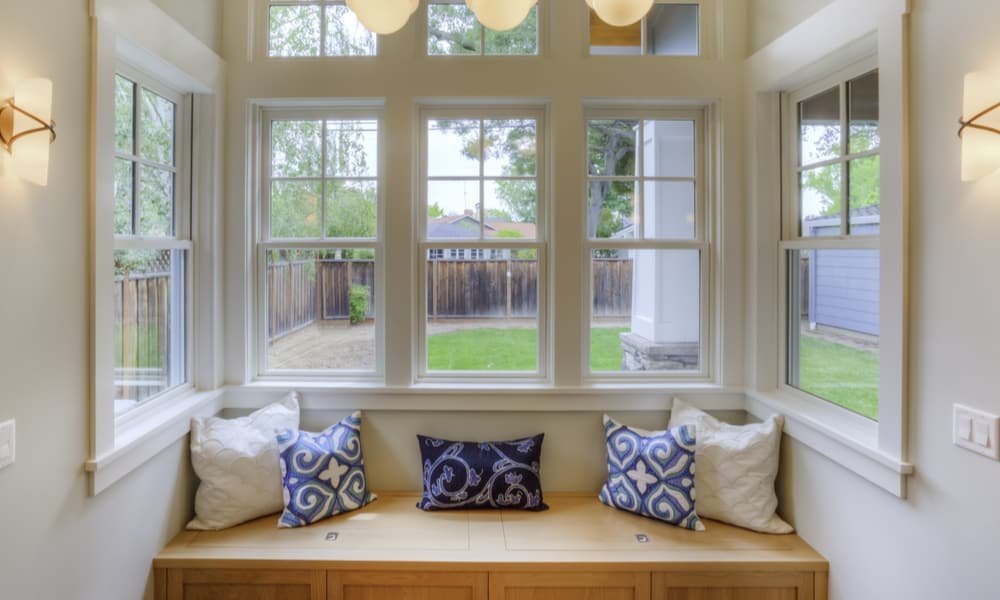Sustainability in architecture is no longer a trend—it’s a necessity. As environmental concerns grow and energy costs rise, homeowners are increasingly seeking eco-conscious homes that minimize impact and maximize efficiency. Architects play a crucial role in this shift by embedding sustainable strategies into the very foundation of residential design.
An experienced architect in Atlanta approaches sustainability holistically, ensuring that every choice—from orientation to materials—is intentional. Their goal is to create a living environment that supports well-being, reduces resource consumption, and stands the test of time.
Building Orientation and Site Planning
The first step toward a sustainable home begins before a single brick is laid. Architects carefully evaluate the property’s orientation to harness natural elements like sunlight, shade, and wind. Strategic positioning allows homes to benefit from passive solar heating, natural cooling, and reduced reliance on artificial lighting.
Thoughtful site planning also considers factors such as water runoff, existing vegetation, and prevailing breezes. Preserving mature trees, capturing rainwater, and avoiding soil erosion are small yet powerful actions that reduce the home’s ecological footprint from day one.
Smart Material Selection
The materials used in construction play a significant role in a home’s sustainability. Architects recommend low-VOC paints, responsibly sourced wood, and recycled or reclaimed materials. These choices minimize pollution, reduce embodied carbon, and often improve indoor air quality.
Beyond environmental benefits, sustainable materials are often more durable, meaning fewer replacements and repairs over time. Architects weigh performance, maintenance, and environmental impact when specifying finishes, flooring, insulation, and more.
Energy-Efficient Systems and Appliances
Energy efficiency is a key pillar of sustainable design. Architects incorporate high-performance windows, LED lighting, advanced HVAC systems, and Energy Star-rated appliances into home plans. These elements significantly reduce electricity usage while increasing occupant comfort.
Homes may also include smart thermostats, zoning systems, and solar panels, enabling homeowners to monitor and manage energy consumption more effectively. Designing homes that use less energy is good for the planet and results in long-term savings for homeowners.
Water Conservation Features
In addition to energy, sustainable home designs often address water usage. Architects can plan for low-flow fixtures, dual-flush toilets, and water-efficient irrigation systems that help conserve resources without compromising comfort.
Architects may also integrate systems that reuse greywater for landscaping or harvest rainwater for non-potable applications. These features are especially beneficial in regions where drought conditions are a concern or municipal water costs are high.
Designing for Longevity and Adaptability
Sustainable homes are not only efficient—they’re built to last. Architects design with durability in mind, selecting materials and systems that require less upkeep and perform reliably for decades. They also create flexible layouts that adapt to changing family needs, minimizing the likelihood of future renovations or rebuilds.
From multi-purpose rooms to expandable floor plans, adaptable design ensures the home remains functional and relevant over time, further reducing its environmental and financial impact.
Conclusion
Sustainability is no longer an optional upgrade—it’s a responsibility. A skilled architect brings this vision to life by combining environmental sensitivity with innovative design. Through thoughtful planning and intentional choices, your home becomes a place that not only reflects your lifestyle but also protects the world around it.





